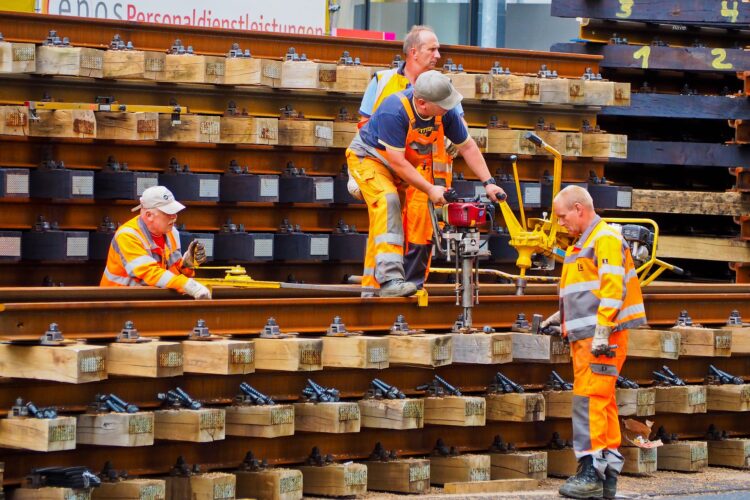Rhine-Alpine News
19.09.2022
Connecting Europe Facility – EUR 5.12 billion for transport infrastructure projects

Source: https://cinea.ec.europa.eu/sites/default/files/styles/oe_theme_medium_no_crop/public/2022-09
The CEF Transport programme is the key EU funding instrument for the development of high performing, sustainable and interconnected Trans-European transport networks, with a focus on the nine Core Network Corridors. The programme co-finances projects that enhance multimodality, improve infrastructure and advance innovation and new technologies. The 2022 CEF Transport call for proposals launched on 13 September makes EUR 5.12 billion available for projects targeting new upgraded and improved European transport infrastructure. Projects funded under this call will help to increase the sustainability of the transport network, putting the EU on track to meet the European Green Deal objective of cutting transport emissions by 90% by 2050. The indicative total budget of the call is available to support infrastructure projects on the Core and Comprehensive TEN-T networks in the following areas:
- railways
- inland waterways
- maritime and inland ports
- road safety
- rail-road terminals
- multimodal logistics platforms
- multimodal passenger hubs
- smart and interoperable applications for transport
- safe and secure mobility
- infrastructure resilience
For more information see: https://cinea.ec.europa.eu/news-events/news/transport-eur-512-billion-enhance-key-infrastructure-across-european-union-2022-09-13_en
Renovation of the rail network in Germany – Frankfurt-Mannheim route to be closed for 6 months in 2024

Source: Photo by Michael Gaida on Pixabay
Making the railways in Germany more reliable again for passengers and freight customers will take many years of effort. Now it is becoming more concrete how and where the ailing network is to be renovated: not many small construction sites, but a large renovation is the solution. In order not to have to keep blocking important routes for individual construction sites, the work is to be combined in the future: the so-called Riedbahn between Frankfurt am Main and Mannheim will start in mid-2024. The important ICE route will be completely closed and renewed for six months. 1,200 systems of control and safety technology are to be renewed, 152 points, four level crossings and around ten kilometers of noise protection walls. In addition, there will be new overtaking opportunities for trains and equipment for digital rail operations. 20 train stations will also be renovated. Before that, the railway wants to set up the detour routes. The section is of great importance for the entire rail network: a fifth of nationwide long-distance trains and a quarter of passengers travel through it. After the general renovation, the section will be spared major construction work for the next decade. The railway calculates the total costs of the general renovation for this route alone at around 500 million euros. Based on this model, further important railway lines are to be gradually renewed by 2030.
Source (in German): https://www.tagesschau.de/wirtschaft/unternehmen/bahn-schienengipfel-101.html
Relaunch of steel imports in Genoa via rail

Source: https://www.portsofgenoa.com/images/NOTIZIE_Imm/viaFerro_RID.jpg
The growing propensity of Italian importers to transfer goods by rail is confirmed by the departure from the port of Genoa of over 1000 tons of steel billets. These will be transported by rail from the Genoa Metal Terminal to the Lecco-Maggianico freight village. The same quantity of goods handled by road would have required the use of 35 trucks.
That the preference for the railway mode is a growing trend is demonstrated both by the increasing traffic volumes, + 10.3% compared to the first half of 2021 with over 6,500 trains handled in the ports of Genoa and Savona-Vado, and from the start of this new service for a non-containerized product category that in the past was almost exclusively transferred to the road.
The increased demand for rail transport can be traced back to various factors such as the increase in road transport prices and extra costs due to the stay of the containers at the port terminals. The strategy of the Ports of Genoa is based on the diversification of transport modes, also thanks to the upgrading of road and railway infrastructures contained within the Extraordinary Program, in order to create a forward-looking and sustainable logistics chain over time.
Source (in Italian): https://www.portsofgenoa.com/it/news-media/news/4127-via-ferro-rilancio-import-acciaio.html
